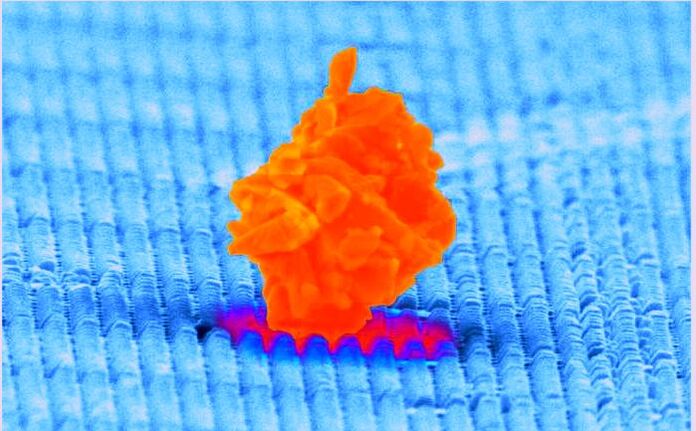March 15, 2023
Are Self-Cleaning Surfaces Feasible?
Researchers from The University of Texas - Austin collaborate with Smart Material Solutions Inc. to develop anti-dust technology that can be used on various surfaces. The idea is to create self cleaning surfaces that do not require energy or equipment to repel dust. Although this sounds complex the scientists were able to create self-cleaning surfaces by altering the geometry of the surface at the nanoscale. They essentially created a network of pyramid shaped nanostructures on the engineered surface. The angular shape of the nanostructures make it difficult for the dust to stick to the surface and thanks to gravity the dust particles just roll off instead. Surprisingly, researchers found that 98 percent of the dust rolled off of the anti dust surface compared to only 65 percent for a conventional flat surface. The project had the specific goal of reducing dust on spacecraft and aero structures. However, it is possible that this anti dust technology could one day be applied to various surfaces such as windows, counters, and even electronic screens or devices. Learn more here.
March 31, 2023
Thin Film Space Spheres a Potential Solution to Global Warming
Thin Film Space Spheres a Potential Solution to Global Warming
Space bubbles made out of thin film are proposed as a solution to decrease global warming. Researchers at MIT's Senseable City Lab look to make this concept a reality by developing a bubble raft composed of arrays of small bubbles. Scientists theorize that the best location to place this bubble raft would be between the earth and the sun in an area known as the Inner Lagrangian located about 1.5 million Km from the earth. Astronomer Robert Angel once mentioned that blocking about 1.8% of solar flux would completely reverse the warming effects of increased CO2. Consequently, it is estimated that the raft would need to cover an area of at least 3.4 million Km squared. Rather than launching large thin film structures into space the researchers believe that manufacturing and inflating the spheres in space would be a much better option. However there remain some obstacles to overcome such as enhancing the optics and mechanics of thin films for use in space, and finding the right technology and materials to manufacture and maintain the thin film spheres in space. Learn more here.


